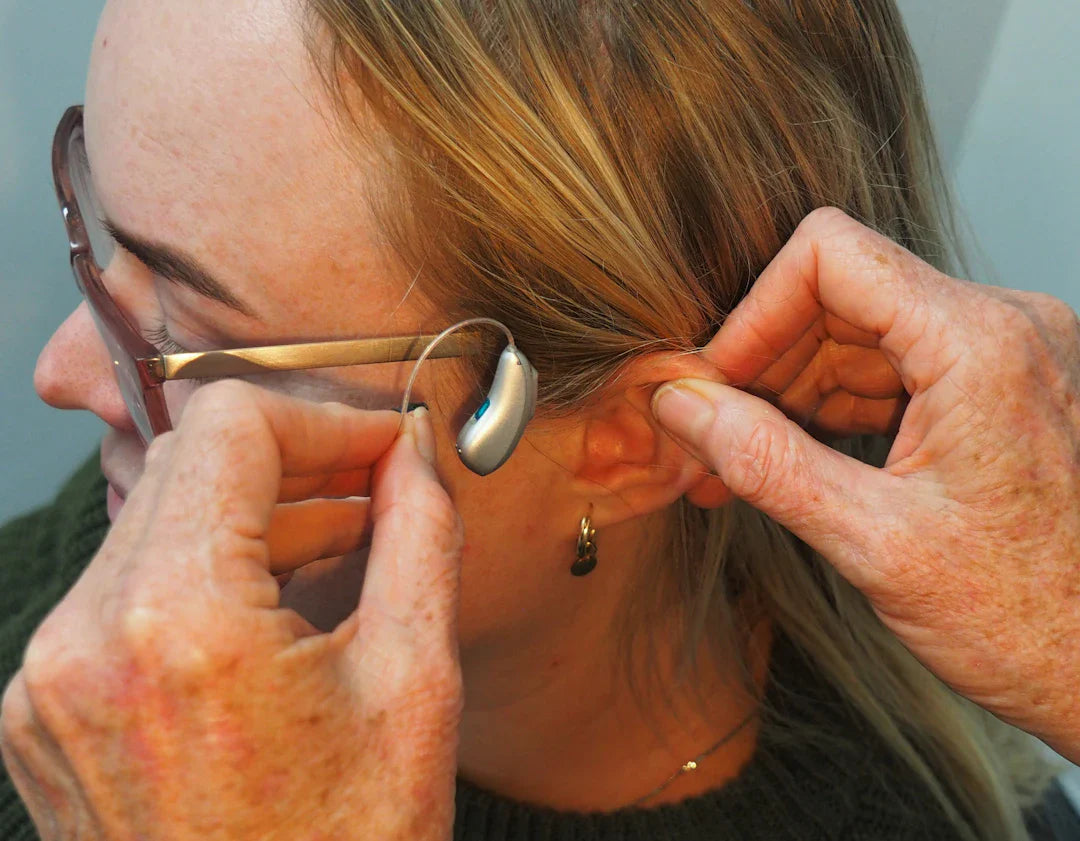In today's world, it's essential to create spaces that cater to everyone's needs. When it comes to individuals with hearing difficulties, making simple adjustments in the home environment can significantly enhance their quality of life. From installing loop systems to minimising background noise, there are various ways to adapt your home for better hearing accessibility. Let's explore some effective strategies that can make a positive difference in the lives of those with hearing impairments.
The Impact of Hearing Loss
Hearing loss is a common condition that can affect people of all ages. Whether it's due to ageing, genetic factors, exposure to loud noise, or other medical reasons, hearing impairments can make it challenging to communicate and engage fully in everyday activities. Adapting your home to accommodate individuals with hearing difficulties is not only considerate but also essential for creating an inclusive environment.
Optimising Room Acoustics
One crucial aspect of enhancing hearing accessibility at home is to optimise room acoustics. Excessive reverberation and background noise can make it difficult for individuals with hearing impairments to understand conversations clearly. Consider adding soft furnishings such as rugs, curtains, and upholstered furniture to absorb sound and reduce echoes.
Installing Loop Systems
Loop systems are a valuable tool for individuals with hearing aids, as they can greatly improve speech comprehension in various settings. By installing a loop system in your living room or home entertainment area, you can ensure that sound is transmitted directly to the individual's hearing aid, cutting out background noise and enhancing clarity.
Effective Communication Strategies
When interacting with someone who has hearing difficulties, it's essential to use effective communication strategies. Maintaining eye contact, speaking clearly and facing the person directly can make it easier for them to lip-read or follow the conversation. Be patient and attentive, allowing for pauses and repetitions when needed.
Minimising Background Noise
Background noise can be a significant barrier for individuals with hearing impairments. To create a more hearing-friendly environment, consider minimising background noise by using sound-absorbing materials, turning down the volume on electronic devices, and maintaining a quiet atmosphere during conversations.
Enhancing Visual Alerts
Visual alerts can be a helpful addition to your home to alert individuals with hearing impairments of important sounds such as doorbells, alarms, and phone calls. Installing visual alert systems that utilise flashing lights or vibrating devices can ensure that no crucial notifications are missed.
Accessible Doorbells and Intercoms
Traditional doorbells and intercom systems may not be easily heard by individuals with hearing impairments. Consider installing doorbells and intercoms that offer visual cues or vibration alerts in addition to audible signals. This simple modification can make it easier for individuals to respond to visitors promptly.
Creating Quiet Zones
Designating quiet zones in your home can provide individuals with hearing impairments a peaceful retreat from noisy environments. Whether it's a cosy reading nook or a serene bedroom, having areas with minimal background noise can offer much-needed relief for those sensitive to auditory stimuli.
Seeking Professional Assistance
If you or a loved one is experiencing difficulties with hearing accessibility at home, consider seeking professional assistance from audiologists or hearing care specialists. They can provide valuable advice on adaptive technologies, such as Phonak, Widex, Signia, and GN Resound hearing aids, as well as offer services like earwax removal to improve hearing health.
Embracing Inclusivity and Empathy
Creating a home environment that caters to individuals with hearing impairments is an act of inclusivity and empathy. By making simple adjustments and incorporating hearing-friendly elements into your living space, you can enhance the well-being and comfort of those with varying levels of hearing loss. Remember, small changes can make a big difference in promoting accessibility for all.
Stay Connected and Engaged
As you adapt your home for better hearing accessibility, keep in mind the importance of staying connected and engaged with your loved ones. Clear communication, active listening, and a supportive environment can go a long way in fostering meaningful interactions and relationships. Let's work together to create a more inclusive and accessible world for all.




